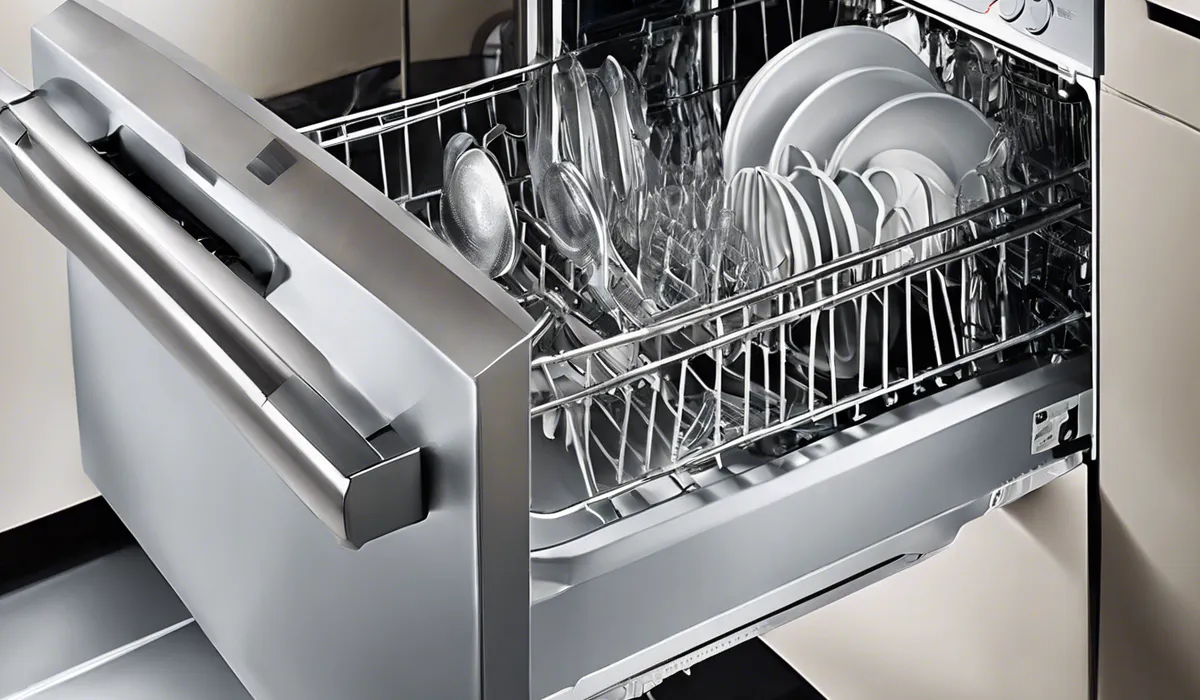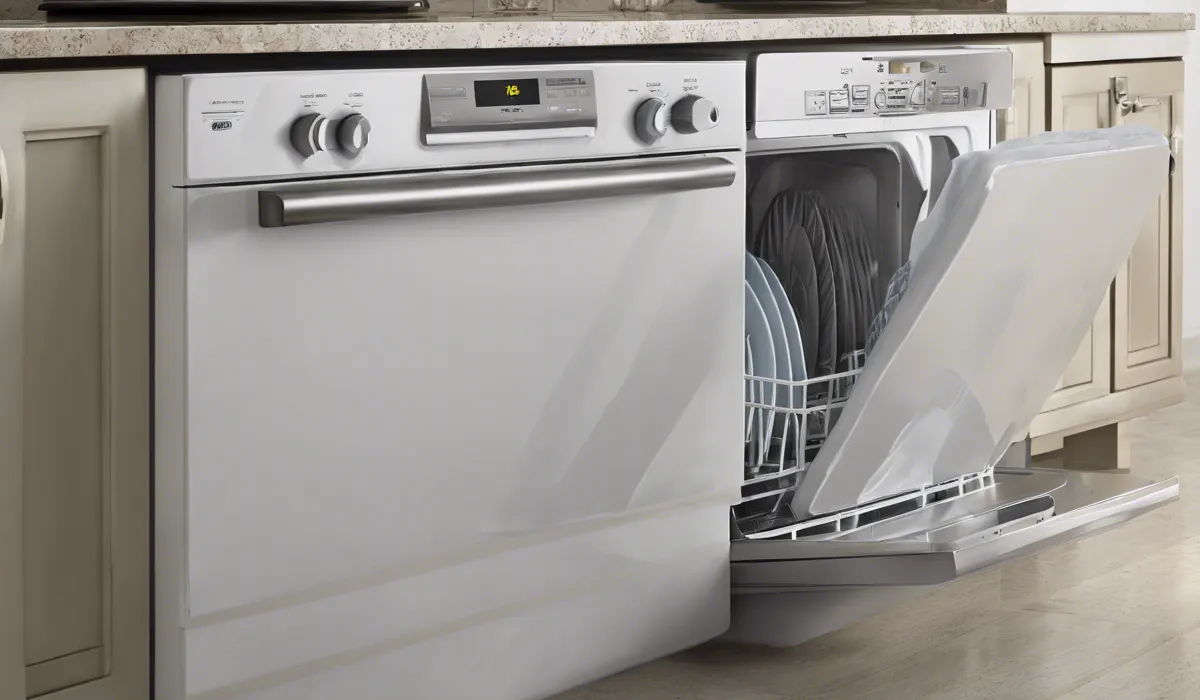When Does a Dishwasher Drain? Key Moments Explained
A dishwasher typically drains at two points during a cycle: after the main wash to expel dirty water and again after the final rinse. The exact timing varies by model but usually occurs before the drying phase.
Dishwasher Drain Cycle Overview

Stages of the Dishwasher Cycle
The dishwasher cycle consists of several stages designed to ensure your dishes come out clean and dry. These stages typically include pre-wash, main wash, rinse, and dry.
The pre-wash stage loosens food particles and soaks the dishes. The main wash uses detergent and hot water to clean the dishes thoroughly.
The rinse stage follows to wash away detergent and food residues. Finally, the dry stage uses heat or a fan to dry the dishes.
Timing of the Drain Cycle
As mentioned, a dishwasher usually drains twice during a cycle. The first drain occurs after the main wash to remove dirty water.
The second drain happens after the final rinse, right before the drying phase. The exact timing can vary, but these drains are crucial for maintaining clean water throughout the process.
Managing the Drain Cycle
The dishwasher’s timer or control board is the brain behind the operation, managing the drain cycle. It ensures that the dishwasher drains at the right times, for the right duration, and that all stages of the cycle occur in the proper sequence.
Factors Affecting Dishwasher Draining

Differences in Dishwasher Models
Different dishwasher models come with various features that influence the drain cycle. Some models have sensors that determine water clarity, adjusting the drain cycle as needed. Others have multiple drain cycles, depending on the program selected.
Soil Level and Wash Settings
The level of soil on your dishes and the wash settings you choose can affect when and how your dishwasher drains.
Heavy-duty cycles designed for very dirty dishes might have longer wash and rinse phases, leading to different drain timing compared to a quick wash for lightly soiled items.
Load Size Impact
The size of your dishwasher load can also influence the draining process. A full load might require more water and longer cycles, which can adjust the timing of the drain phases.
Common Issues and Troubleshooting Dishwasher Draining

Identifying Drainage Problems
Signs of drainage problems include water remaining at the bottom of the dishwasher after a cycle, dishes not being cleaned properly, or unusual noises during the drain phase.
These issues can indicate a clogged drain or malfunctioning components.
Routine Maintenance for Draining
To ensure your dishwasher drains correctly, routine maintenance is essential. This includes regularly cleaning the filter, checking the drain hose for kinks or clogs, and inspecting the garbage disposal if your dishwasher drains through it.
Steps to Resolve Drain Issues
If you encounter drain issues, the first step is to check and clean the filter. Then, inspect the drain hose and clear any blockages.
If problems persist, it may be necessary to examine the pump and valves or consult a professional for assistance.
FAQs About Dishwasher Drain Timing
When does a dishwasher typically drain during its cycle?
A dishwasher typically drains at the end of the wash cycle and the end of the rinse cycle.
How many times does a dishwasher drain in one cycle?
A dishwasher drains two to three times in one cycle, depending on the specific model and cycle settings.
Does the dishwasher drain before the drying phase?
Yes, the dishwasher drains before the drying phase.
Are there specific times when a dishwasher will not drain?
A dishwasher might not drain properly if there is a clog, a malfunctioning pump, or an issue with the drain hose.
Can the timing of a dishwasher’s drain cycle vary between models?
A dishwasher might not drain properly if there is a clog, a malfunctioning pump, or an issue with the drain hose.
Final Thoughts
Dishwashers are designed to drain at two critical junctures: following the main wash to remove soiled water and after the final rinse before drying.
While the specific timing of these drainage points can differ among various models, they typically precede the drying phase, ensuring dishes are not only clean but also free from excess water before they are dried.





